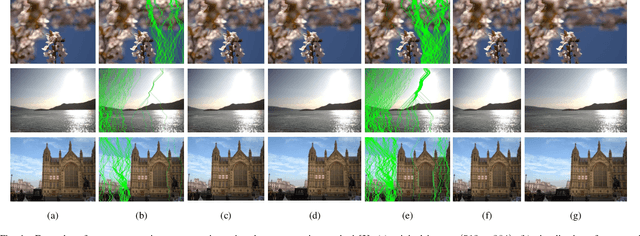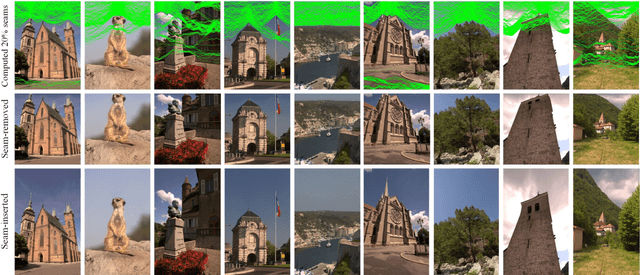Minseok Son
Difficulty-aware Balancing Margin Loss for Long-tailed Recognition
Dec 20, 2024Abstract:When trained with severely imbalanced data, deep neural networks often struggle to accurately recognize classes with only a few samples. Previous studies in long-tailed recognition have attempted to rebalance biased learning using known sample distributions, primarily addressing different classification difficulties at the class level. However, these approaches often overlook the instance difficulty variation within each class. In this paper, we propose a difficulty-aware balancing margin (DBM) loss, which considers both class imbalance and instance difficulty. DBM loss comprises two components: a class-wise margin to mitigate learning bias caused by imbalanced class frequencies, and an instance-wise margin assigned to hard positive samples based on their individual difficulty. DBM loss improves class discriminativity by assigning larger margins to more difficult samples. Our method seamlessly combines with existing approaches and consistently improves performance across various long-tailed recognition benchmarks.
RainUNet for Super-Resolution Rain Movie Prediction under Spatio-temporal Shifts
Dec 07, 2022



Abstract:This paper presents a solution to the Weather4cast 2022 Challenge Stage 2. The goal of the challenge is to forecast future high-resolution rainfall events obtained from ground radar using low-resolution multiband satellite images. We suggest a solution that performs data preprocessing appropriate to the challenge and then predicts rainfall movies using a novel RainUNet. RainUNet is a hierarchical U-shaped network with temporal-wise separable block (TS block) using a decoupled large kernel 3D convolution to improve the prediction performance. Various evaluation metrics show that our solution is effective compared to the baseline method. The source codes are available at https://github.com/jinyxp/Weather4cast-2022
Deep Convolutional Neural Network for Identifying Seam-Carving Forgery
Jul 07, 2020



Abstract:Seam carving is a representative content-aware image retargeting approach to adjust the size of an image while preserving its visually prominent content. To maintain visually important content, seam-carving algorithms first calculate the connected path of pixels, referred to as the seam, according to a defined cost function and then adjust the size of an image by removing and duplicating repeatedly calculated seams. Seam carving is actively exploited to overcome diversity in the resolution of images between applications and devices; hence, detecting the distortion caused by seam carving has become important in image forensics. In this paper, we propose a convolutional neural network (CNN)-based approach to classifying seam-carving-based image retargeting for reduction and expansion. To attain the ability to learn low-level features, we designed a CNN architecture comprising five types of network blocks specialized for capturing subtle signals. An ensemble module is further adopted to both enhance performance and comprehensively analyze the features in the local areas of the given image. To validate the effectiveness of our work, extensive experiments based on various CNN-based baselines were conducted. Compared to the baselines, our work exhibits state-of-the-art performance in terms of three-class classification (original, seam inserted, and seam removed). In addition, our model with the ensemble module is robust for various unseen cases. The experimental results also demonstrate that our method can be applied to localize both seam-removed and seam-inserted areas.
 Add to Chrome
Add to Chrome Add to Firefox
Add to Firefox Add to Edge
Add to Edge